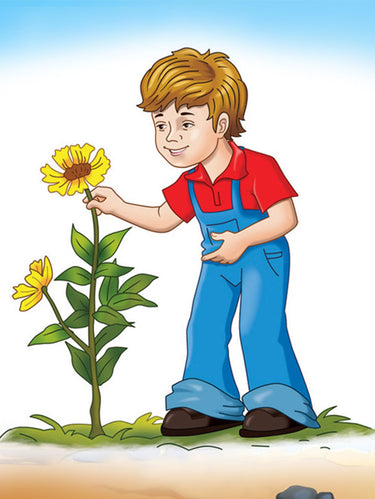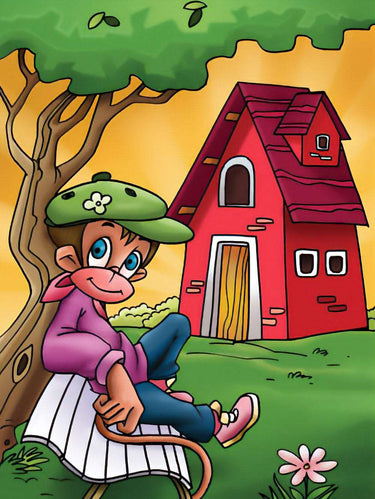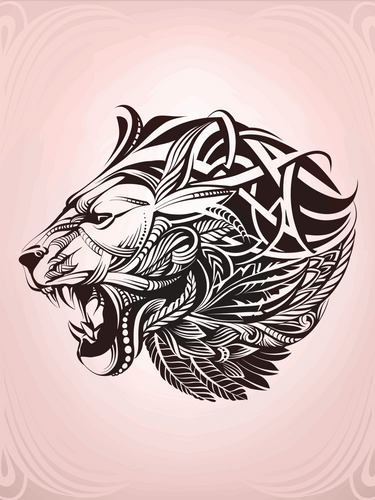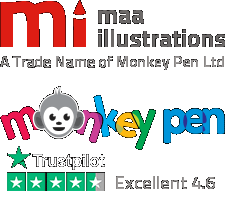Technical illustration, the art of combining precision and creativity, has progressed well beyond its conventional limitations. As industries evolve and technology affects how we communicate, technical illustrators have adopted cutting-edge approaches that enrich their profession. Let's dig into the area of advanced approaches that redefine the art of technical illustration.
3D Modelling and Animation:
Combining 3D modelling and animation adds depth and vitality to technical illustrations. Illustrators construct complex three-dimensional models that may be rotated, magnified, and even animated. This technique is particularly useful for displaying complex machinery, manufacturing operations, and architectural designs.
Virtual Reality (VR) and Augmented Reality (AR):
VR and AR have opened up new opportunities for technical illustrators. VR immerses viewers in a virtual environment, whereas AR superimposes digital information over the actual world. Both technologies enable users to engage with and examine technical drawings in previously unthinkable ways, providing immersive learning experiences and real-time guidance.
Interactive Infographics:
The days of simple illustrations are long gone. Advanced interactive illustrations incorporate motion, interaction, and clickable elements. Technical illustrators may develop dynamic visual narratives that lead people through challenging subjects, allowing for more involvement and understanding.
Photorealistic Rendering:
Technical illustrators may now generate pictures that are nearly unrecognisable from photographs because to advancements in rendering technology. Photorealistic rendering is particularly beneficial in architecture, product design, and medical illustration, where precision and detail are critical.
Data Visualization:
Data-driven illustrations have grown in popularity in sectors such as science, economics, and technology. Technical illustrators use complex methods to convert large data sets into visual representations that make intricate patterns and trends understandable at a glance.
Motion Infographics:
Infographics are no longer restricted to still pictures. Illustrators are bringing visualisations to life using animation, bringing data, processes, and thoughts to life through motion. This strategy is very useful for explaining dynamic processes or communicating time-sensitive information.
Surrealism:
By carefully creating textures, lighting, and details, hyperrealism elevates technical drawing to a new level. Illustrators employ this approach to produce visuals that appear so real that the border between art and reality is blurred, making them immensely engaging and informative.
Digital Tools and Brushes:
Digital illustration software has expanded the toolbox of technical illustrators. Advanced brushes, effects, and tools enable illustrators to emulate traditional mediums, create intricate textures, and achieve astounding realism in their digital works.
Holographic Illustrations:
Holographic inventions have opened up new opportunities for technical illustrators. Holographic displays generate three-dimensional images that appear to float in space, providing an engaging approach to convey complex information.
Machine Learning and Artificial Intelligence:
Artificial intelligence and machine learning are having an impact on the field of technical illustration. These technologies can automatically analyse large volumes of data and provide illustrations that explain complex concepts, saving time and improving accuracy.
Advanced techniques in technical illustration demonstrate the marriage of artistry and technology. Illustrators who embrace these advancements push boundaries of what is possible, generating pictures that not only inform but also engage and inspire. The growth of these techniques ensures that technical illustration remains a dynamic and relevant form of visual communication in our continuously changing environment.






